10) Practice Makes Perfect
Odds are you stowed your fly rod this past October or November and haven't seen it since. For many of us, it has been 5 or 6 months since we picked up a fly rod.
I don’t know about you, but over the winter months, my “muscle memory” tends to fade and requires just a few minutes a day of lawn casting to bring it back. Much of our fly casting success depends upon timing and feeling the rod load and unload with each stroke of the fly rod. That’s where muscle memory comes in.
Right now is an excellent time to take a fly casting lesson. Whether you are just starting out and need to learn the basics, or you want to work on your double haul, there are many opportunities to take either a group or private lesson. Go to your local fly shop, or contact a fishing club – most likely they have information on local talent that is available for lessons.
Cape Cod fly fishing lessons are available through organizations like Cape Cod Trout Unlimited and Cape Fly Fishing School.
9) Clean Fly Lines Cast Further
It almost goes without saying that clean, well maintained equipment will perform best. The saltwater fishing environment is harsh, and neglected gear will quickly deteriorate if not cleaned and maintained. Spring is a good time to clean and inspect your fly lines.
Here's how to clean your fly lines:
Cleaning your fly lines does not take long, and should become a regular part of your routine when you return from a trip to the salt.
8) Get Out & Scout
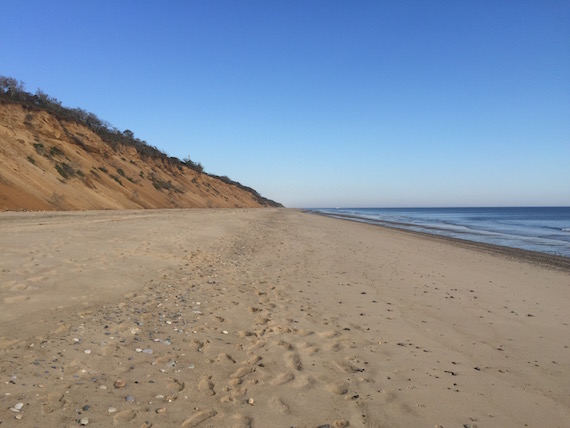
The Cape's coast takes a pounding this winter. A warm spring day is a great time to pack up the family, dog(s), and head to the beachfront to see what's changed.
While you stroll, take some time to look around. Notice new sand bars which may have formed in new areas. Take note of other bars that have moved or disappeared.
Pay attention to how the current is progressing along the beachfront – it may be quite different from last season. Check out your favorite boulder fields and notice what changes have taken place during the winter. You will be better prepared for your first day on the water this spring if you take time to get out and scout.
7) Share Some Information
I firmly believe that the sport of fly fishing is best enjoyed when it can be shared with others. While I have nothing against public internet bulletin board sites (I use a couple with regularity) I have found that anyone who makes an attempt to share specific intel on fish movement, or successful spots, is opening themselves up to a rash of caustic comments and private messages.
A circle of trusted friends that openly share their successes and failures is a valuable tool for improving your success this spring. When we consider the drastic changes that can happen to our seacoast during the offseason, it makes sense to share what we find and enhance the success of everybody in your fishing circle.
*Sharing honest intel and helpful info is what the My Fishing Cape Cod forum is all about.
6) Check Your Flies
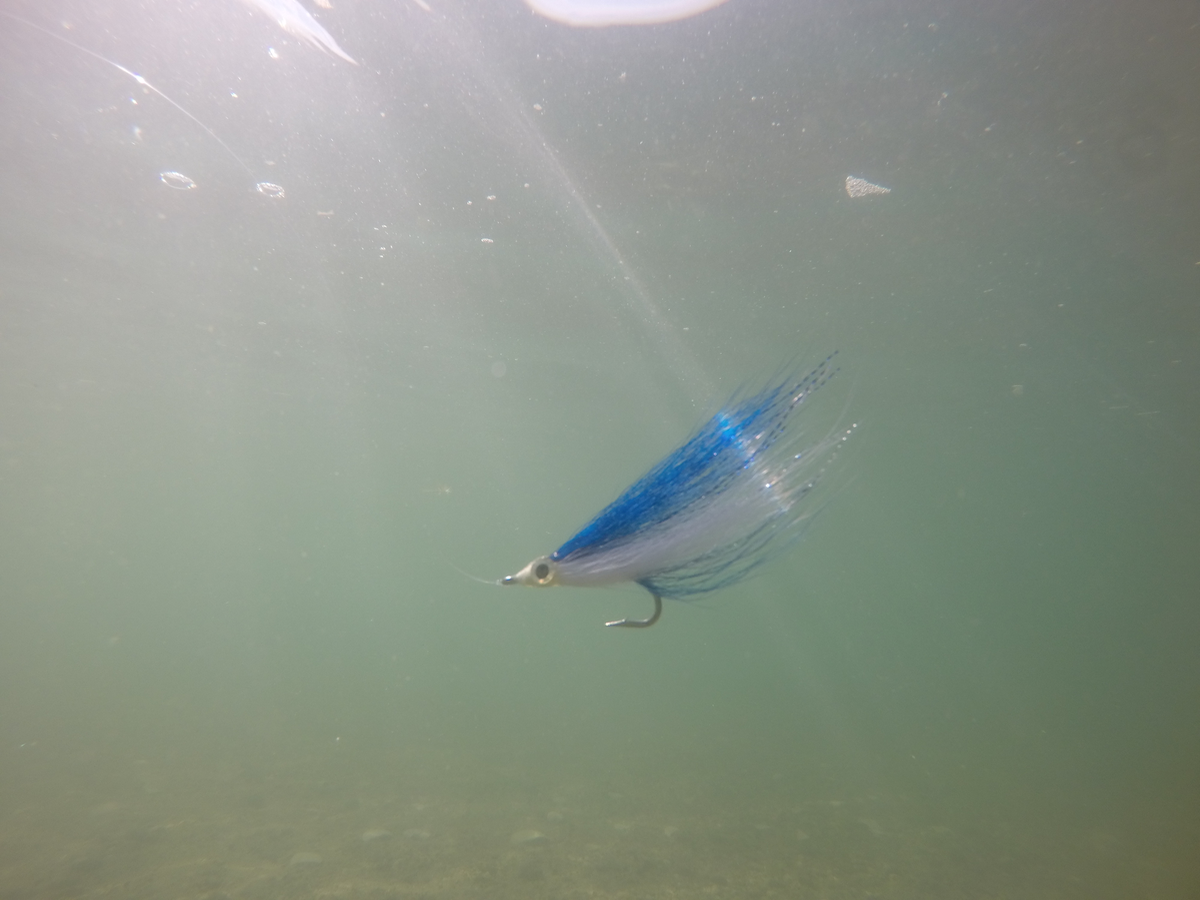
If you ask ten fly casters “what is the best fly for early May fishing," you will likely get ten different answers! There are so many fly patterns on the market these days – how do we know where to start?
To keep it simple, I like to break down striper fly patterns into four basic groups:
- Full bodied flies (Lefty’s Deceiver, Herring Streamer)
- Slim profile flies (Clouser Minnows, Sand Eel imitations)
- Surface poppers (Bob’s Banger, Saltwater Poppers)
- Everything else (Crab Flies, Squid Flies)
Make sure that your fly box has a few patterns from each of the four striper food groups, and you will be prepared to match the hatch when you arrive at your favorite fishing spot.
As to the question of which colors produce best? I don’t really pay much attention to the color of my fly as long as it is chartreuse.
In my opinion, matching the shape and action of the bait is more important than the color. I know that there are times when certain colors seem to outperform others, but a sensible variety of colors will handle most of your fishing needs.
5) Find a Rip Line
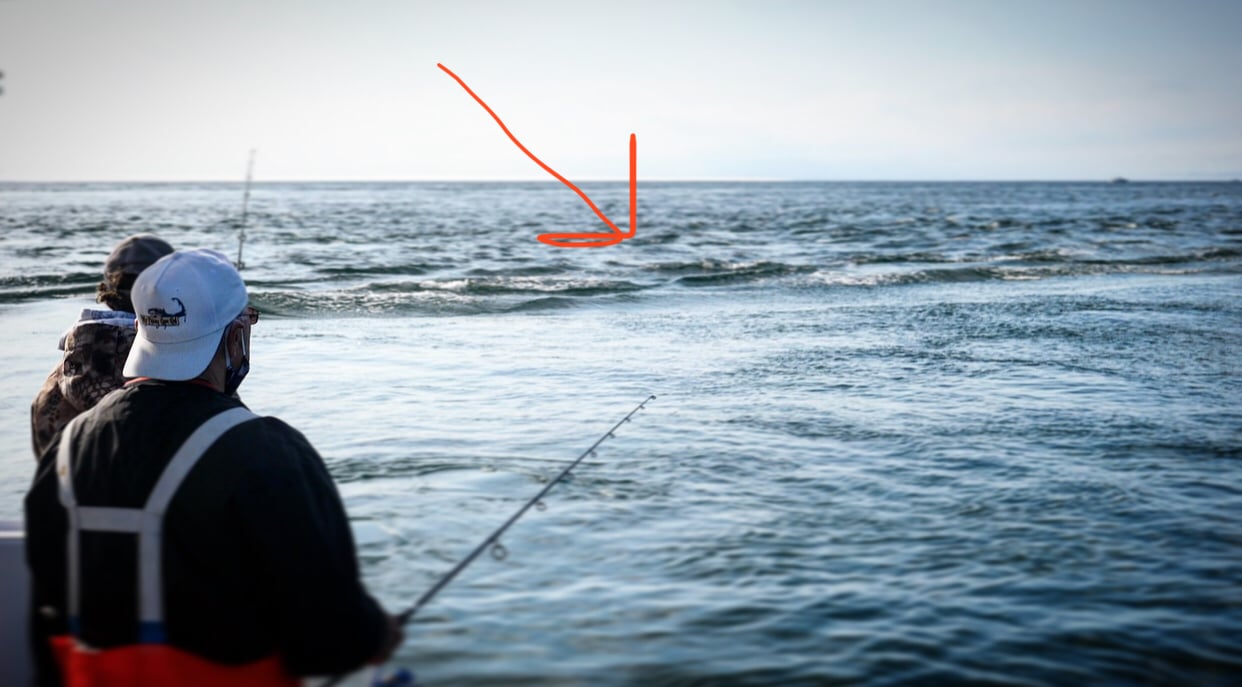
A rip line is formed when two opposing currents of water meet, or where there is a sudden change in the bottom contour. Fishing a rip line is important because of how striped bass feed.
Stripers are opportunistic, ambush feeders – preying on the weak and vulnerable. The confluence of opposing currents, or the flow of water over a bottom contour, has the effect of disorienting bait fish and making them vulnerable.
The basic technique of fishing a rip line from a boat is to start upwind (or up current) of the rip line and cast your fly well before the rip, just as the drift starts. This allows the fly to sink to the proper depth, where it will be ambushed by any stripers actively feeding in the area. Of course it may take a couple of drifts before you discover the perfect depth to fish the fly.
When your fly hits the zone where you suspect a big striper is hiding, start making some erratic strips and twitches to give life to the fly. Be ready to strip strike, as the takes are often vicious.
4) Fish the Edges
This is where your pre-season scouting pays off. When fishing from the beach, there is usually a drop off, or edge, within fly rod casting distance. Some people think they need to cast their fly 50 feet into the surf, when the fact is that a lot of stripers are caught in the trough that is formed 10 – 20 feet from the beach.
The same strategy can be used from a boat. This is where knowing how to use your electronics will pay dividends. I usually look on my chart for an area of shallow water that is surrounded by a sudden change of depth. When the water is moving over this sudden change of depth, a rip line is sure to form.
Stripers will lurk in the deeper water, patiently waiting for bait to be washed right in front of their noses.
3) Fish a Jetty
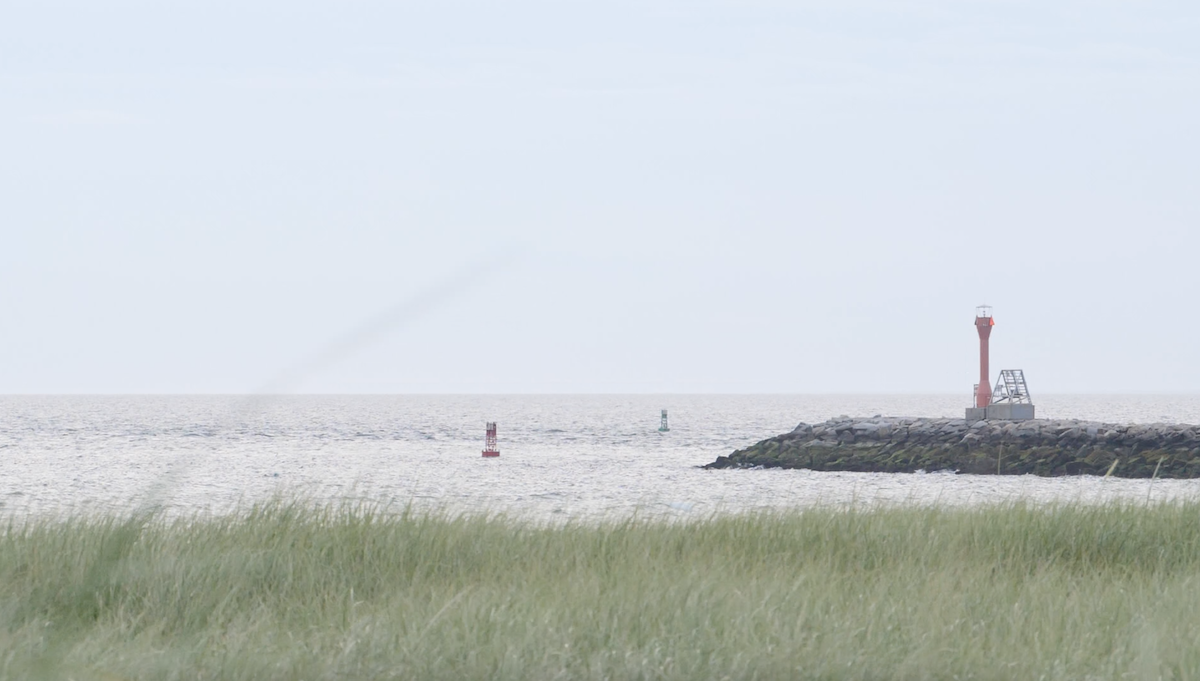
Fishing along a jetty, or a boulder strewn coast, is one of the most productive and exciting striper fishing expeditions I can think of. I love the challenge of placing a cast into a pocket of water between two boulders, and then coming tight as I strip the fly through white water as waves crash. Stripers are opportunistic feeders, and opportunities are abound in these rocky environments-for both stripers and fly casters.
This type of fishing is best done with a partner. The best partner is one who can confidently bring the boat within casting range of the structure, and keep it off the rocks-while the other makes a few casts. My fishing partners and I usually switch off after 30 minutes of casting-or after every fish if things are going well.
2) Keep a Log Book
Finally – my number one strategy for success this spring is to keep a log book. A few minutes spent while waiting for your turn at the boat ramp, or sitting at the kitchen table after each trip, will pay dividends for years to come.
Take notes on the wind direction and weather conditions. Record what stage of the tide you fished, and make mention of any specific periods of the tide that were particularly productive.
For example, it can help to record if the first two hours of the outgoing tide were productive- or if the fishing turned off at slack tide. It can also pay to notice what moon phase you are fishing, even when fishing during the day.
Over time, a review of your log book will reveal information on the conditions that produced best for the areas you are fishing. When you observe these conditions coming into line, you will be able to approach your favorite striper water with much more confidence, fully knowing that you are in the right place at the right time.
1) Take a Kid Fishing
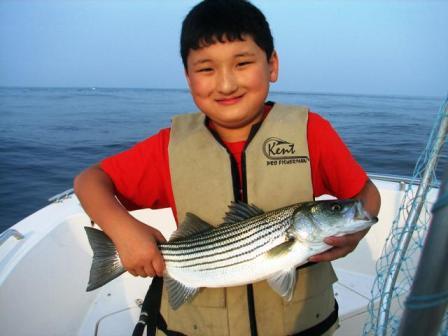
I have a fishing buddy named Tim, who is now 26 years old. We have been fishing together since he was 6. When Tim was very young, we would drift along a jetty and I would hook one striper after another; passing the fly rod to Tim each time to play the fish back to the boat. These were great times that I will always cherish.
Today, Tim would rather fish than eat or sleep – as evidenced by our marathon ventures after everything from stripers to bluefin tuna. Tim is an accomplished angler and has a pretty good hand at boating and navigation.
While I enjoy the thrill and sense of accomplishment that comes from hooking and landing a big cow striper, I receive a greater sense of accomplishment when I watch the success of someone that I have introduced to the sport of fishing.
Tim and I aren’t sure what this season will bring us fish-wise. Regardless, I plan on creating more memories and continuing to pass along the fishing tradition to the next generation.
For me, passing along the "fishing bug" is what makes for a truly successful season.


Hi Ryan – Have used my fly rods from the 2 weight to a 10 weight in my back yard. Went to a trout stream yesterday. The water looked good. They have not stocked yet. My son is going there today to fish a couple of runs. I’m going to the Ct. River and try out a couple of rods – spinning rods, just for practice. Thanks.
Hi Dick, good to hear from you.
Sounds like you are chomping at the bit, like most folks – myself included. Keep us posted if you find any early season action.
Even if its just for “practice” its still nice to get outside, especially today with this warm weather.
Gluck!
Hi Joe,
Thanks for your kind words…..I’m glad that the article was helpful. Good luck with your first season on the fly. My contact information is listed above, and you are welcome to call or write at any time.
Tight Lines and stay safe out there!
-Ed
Thanks for chiming in Ed, and thank for writing up this post.
Talk soon!
Great Article!
Each piece of information was helpful to me as I am getting into my first season on the fly!
I especially agree with his last point about taking a kid fishing as I am a teacher and love introducing kids to the sport!
I hope I have the opportunity to meet Ed at some point in my fishing.
Great to hear Joe, Ed is a real nice guy and a talented writer.
Do you teach on Cape Cod? Both of my parents are retired educators in Bourne and Plymouth.
It was great having them around during summer vacations growing up as a kid. Plenty of good fishing memories during those summer breaks!